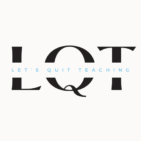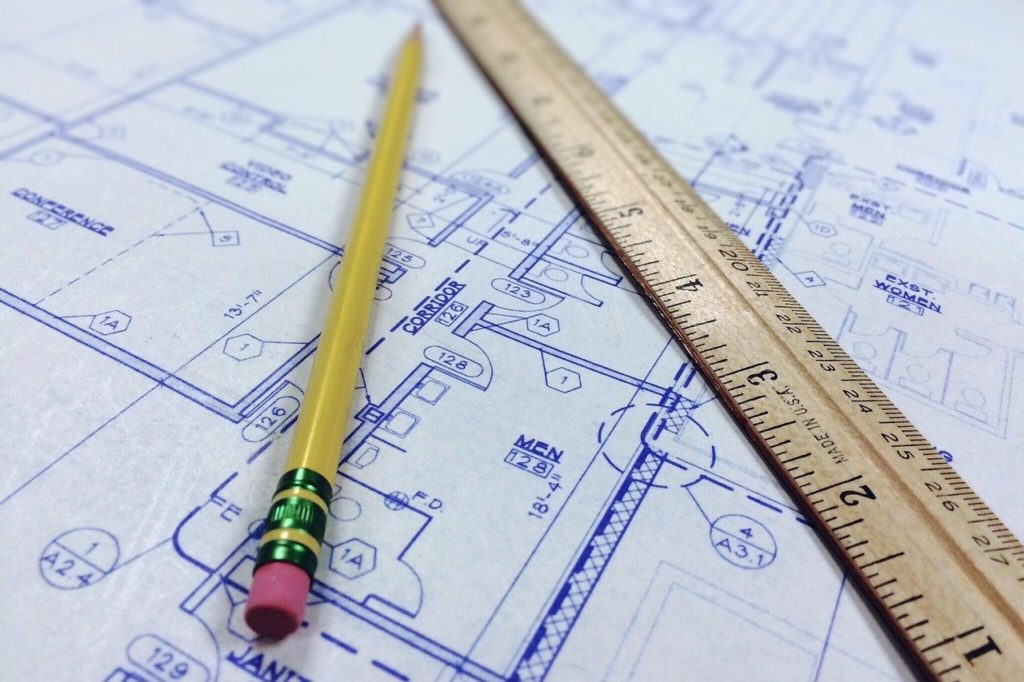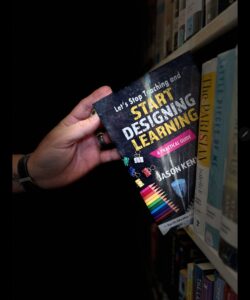As you may recall, the first step in Designing Learning begins with the end in mind by way of Learning Targets (see previous post HERE). Many would think naturally the next step in the process would be to answer the question, “Now that I know what I want students to learn, what am I going to teach?” But if we are going to be truly intentional with designing learning, we cannot jump right into what will be taught. Design requires more focus and purposeful choices than that.
The next, and I would argue the most critical, step in designing learning would have to be for teachers to answer the question, “What will students be asked to produce that “shows” me and them the learning target was met?” The answer to this question will be the center of every other design choice for a lesson. The TASK, or the product of student learning, is what students will produce by the end of the lesson that proves to the students and the teachers that whatever the “I can…” learning target goal states was actually accomplished.
Tasks must be designed, not just assigned. That is the difference between “work” and “learning products” students complete in class. One is concerned with compliance and completion, the other is focused on evidence and effectiveness. The task has some basic, minimal requirements to meet in order for them to be effective in showing that learning happened:
- The Ability to “Show” the Learning Target was Met
- Have Qualities Students can Observe
- Prepared for by Instruction
- Provide Escapes from Misunderstanding and Opportunities to Accelerate
The next few blog posts will go deeper into the above qualities and the topic of Tasks for lessons and how teachers can master the art and science of becoming “learning engineers” to design quality, highly effective learning for all students in the classroom. For now, let’s just speak in general terms about what Tasks currently look like in the classroom.
Worksheets The name says it all, WORKsheet. If these were about or inspired learning they would be called LEARNINGsheets. But, by nature, typically these worksheets are concerned with compliance and completion. Yes, they are most convenient for teachers and work well to manage a quiet and compliant classroom. But if you no longer wish to be a teacher and desire to become a learning engineer, then we have to rethink what we ask students to do as evidence of their learning. Are ALL worksheets bad? Of course not. There are instances where a worksheet can help gather information, construct an organization or produce research that all lead to a more rigorous and relevant task. But if we are really honest about them, we can see they most often serve classes as pacifiers in place of true learning evidence.
Read and answer questions Surely reading passages and answering comprehension questions are high quality tasks. In reality, they are nothing more than a worksheet printed at the end of a text. We have to expect more out of the learning opportunities we provide than that. It’s passive, unengaging and a learning killer.
Digital Assignments With the golden age of technology we are entering, combined with the current pandemic we are experiencing, more students have access and are using technology than ever before. The sad part is that many of the devices, iPads and Chromebooks in their hands are just digital worksheets. Don’t get me wrong, there are those out there doing some great, creative work during this time of virtual learning. However, there are many who are still stuck in the “tried and true” methods of teaching assigning the same old stuff when they could take the opportunity to design digital learning anew.
With that said, please come back next week as we dive into step 2 of designing learning, Task Design. We will dig deep into the basic qualities of rigorous and relevant tasks, and how tasks will drive the rest of the lesson design decisions we make.


